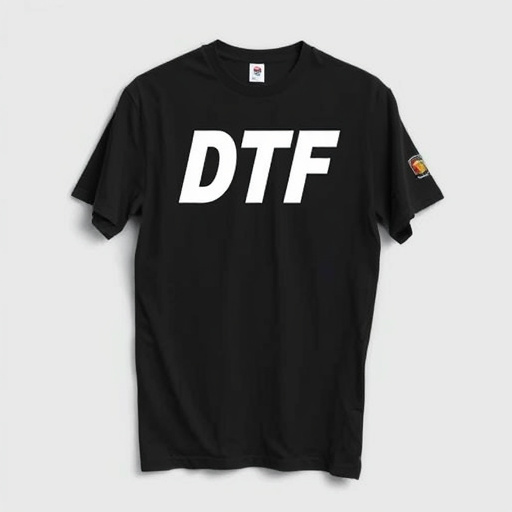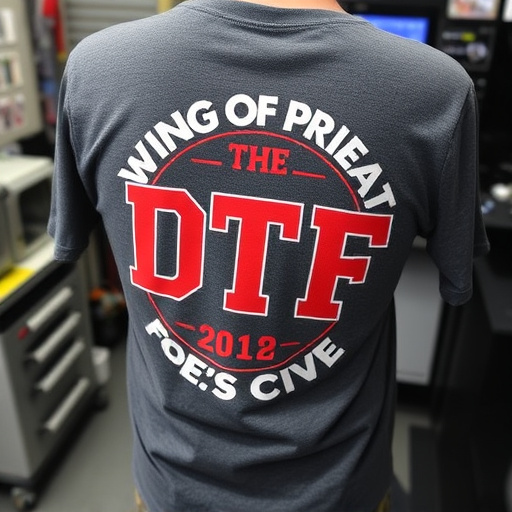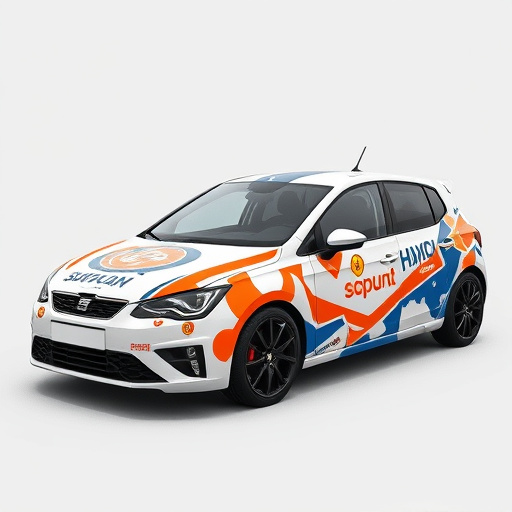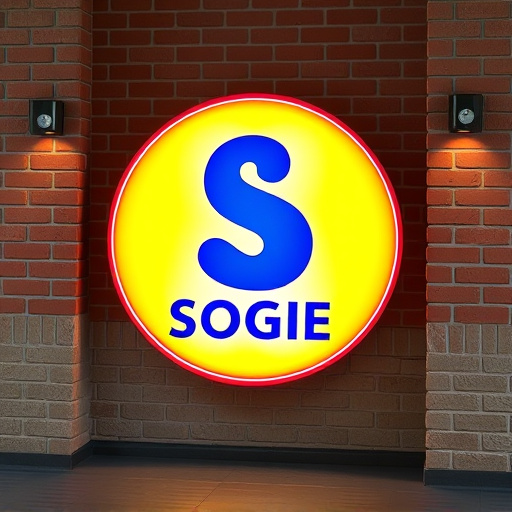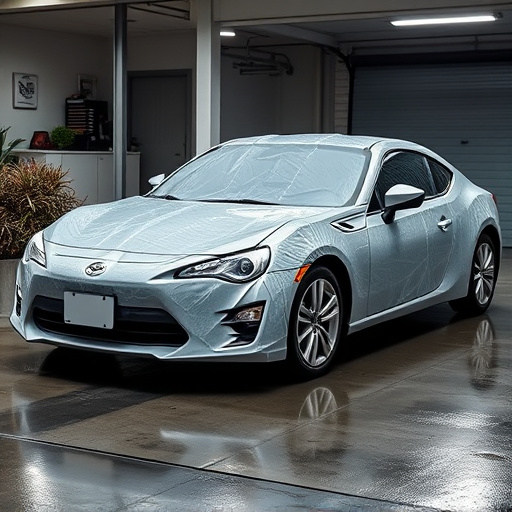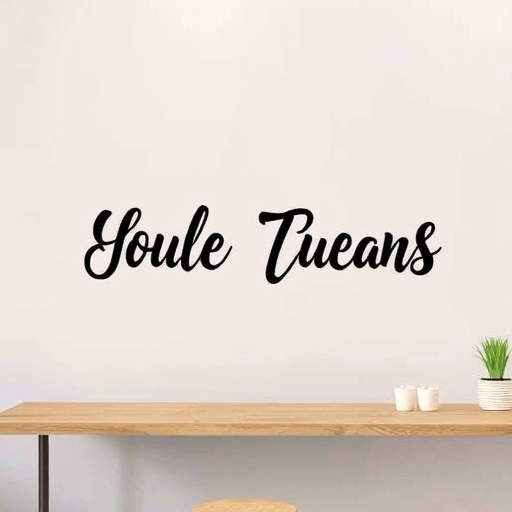TL;DR:
Maintaining visual consistency in marketing materials design is crucial for strengthening brand identity across various platforms. This involves using cohesive elements like color palettes, typography, and imagery, ensuring logos, color schemes, and typography guidelines are consistently followed. Clarity of message, tailored content based on audience preferences, and user experience (UX) with accessibility enhancements are key to successful marketing materials design, appealing to diverse audiences and enhancing engagement.
In the competitive world of marketing, creating compelling materials is crucial. However, common design mistakes can hinder effectiveness. This article guides you through three key aspects of successful marketing materials design: visual consistency and brand identity, clarity of message and audience engagement, and optimizing for user experience and accessibility. By avoiding these pitfalls, you can enhance your marketing efforts and create impactful designs that resonate with your target audience. Leverage these insights to elevate your marketing materials design strategy.
- Visual Consistency and Brand Identity
- Clarity of Message and Target Audience Engagement
- Optimizing for User Experience and Accessibility
Visual Consistency and Brand Identity

In the realm of marketing materials design, visual consistency is a cornerstone of brand identity. A cohesive visual language ensures that your brand message resonates with audiences across various touchpoints, from digital ads to physical signage. Consistency in color palettes, typography, and imagery builds familiarity and trust, allowing potential customers to instantly recognize and connect with your brand. For instance, if you offer services like ceramic window tinting or custom vehicle wraps, maintaining visual consistency ensures that these marketing materials align with your overall branding, enhancing the customer experience.
Avoiding visual inconsistencies is crucial in marketing as it can confuse prospects and dilute the impact of your message. When designing marketing materials, ensure that every element contributes to a unified brand identity. This includes maintaining consistent logos, using brand-approved color schemes, and adhering to typography guidelines. For businesses offering vehicle enhancement services, this means that custom vehicle wraps or tinted windows should seamlessly integrate with your brand’s visual identity, creating a powerful and memorable impression on potential clients.
Clarity of Message and Target Audience Engagement

In the realm of marketing materials design, one of the most fundamental yet often overlooked aspects is ensuring clarity of message. A significant portion of successful marketing hinges on delivering a concise and compelling narrative that resonates with the intended audience. When designing brochures, websites, or even vehicle wraps, each element should work in harmony to communicate the brand’s essence and value proposition clearly. Ambiguity or complexity can lead to confusion, causing potential customers to lose interest or misinterpret the core message. Therefore, streamlining the content and visual elements is crucial for capturing and holding the audience’s attention.
Additionally, engaging the target audience involves a deep understanding of their preferences, behaviors, and pain points. Incorporating this knowledge into the marketing materials design process allows for personalized connections. For instance, when promoting services like professional PPF installation or ceramic coating, tailoring the content to highlight specific benefits that appeal to car enthusiasts can significantly enhance engagement. This strategy not only makes the marketing efforts more impactful but also fosters a sense of community and loyalty among the target demographic.
Optimizing for User Experience and Accessibility

In the realm of marketing materials design, optimizing for user experience (UX) and accessibility is paramount. Effective designs not only capture attention but also guide users seamlessly through the information presented, ensuring they can easily understand and engage with your message. This involves considering various elements such as typography, color contrast, and layout, which collectively contribute to an inclusive environment for all users, including those with disabilities. For instance, applying ceramic window tinting to digital displays can enhance visual comfort and reduce glare, thereby improving accessibility for users with sensitivity to light.
Similarly, incorporating features like scratch protection on promotional materials or car customization options in marketing collateral demonstrates a commitment to quality and durability. By prioritizing UX and accessibility, marketers can create marketing materials design that resonates with a broader audience. This strategic approach not only enhances the overall user experience but also aligns with modern consumer expectations, ensuring your message is received, understood, and appreciated by everyone who encounters it.
In crafting effective marketing materials, designers should steer clear of common pitfalls that can hinder engagement. By maintaining visual consistency aligned with brand identity, ensuring a clear and concise message for targeted audiences, and prioritizing user experience as well as accessibility, designers can create compelling designs that resonate with viewers. Optimizing marketing materials design involves more than aesthetics; it’s about strategic communication and inclusivity, ultimately enhancing the overall impact and success of any campaign.

